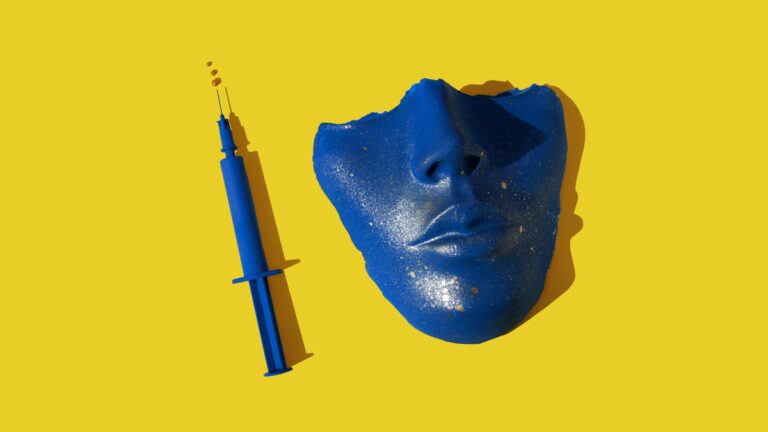Botox injections that may be fake or incorrect are part of an investigation into illnesses in nine states, the US Centers for Disease Control and Prevention and the US Food and Drug Administration said. separate announcements this week.
Of the 19 people who had adverse reactions reported in the investigation, nine have been hospitalized, according to the CDC, and no deaths have been reported. States reporting backlash include Colorado, Florida, Illinois, Kentucky, Nebraska, New Jersey, New York, Tennessee and Washington.
Botox injections (technically called botulinum toxin injections but known by the common trade name) have been used for years as a way to reduce the appearance of wrinkles, and their use isn’t slowing down, as evidenced by preventive botox tendency to reduce the effects of aging. Because they operate from stopping the muscles from movingbotulinum toxin injections are also used to treat conditions such as neck spasms, migraines, or an overactive bladder.
When the product is legal and administered by someone who is trained, Botox injections are considered largely safe. However, the injections you get for wrinkles are made from the same toxin that causes botulism, which we commonly associate with food poisoning. Problems arise when injections are not given safely or if the product being injected is counterfeit or unsafe, as appears to be the case in the current research.
So far there have been no recalls and the investigation is ongoing.
How to tell if your Botox injection is safe
Before getting a Botox injection, the CDC said, check that the people who will be giving you the shot are properly trained and licensed to give these injections.
You should ask them if they are licensed and trained, but you may also be able to check for yourself, provided your state has a “licensure lookup tool,” the CDC said. You should also ask if the Botox being used is FDA-approved and from a reputable source, the CDC said.
One way to find a more reliable place to get Botox is to visit a board-certified dermatologist or ask your primary care doctor for a recommendation. You can find a dermatologist by plugging in your zip code to the American Academy of Dermatology Association’s Websiteor you can use your health insurance company’s provider finder to locate trusted medical guidance near you.
If you’re ever in doubt about whether a place to get botox is safe, skip the injection and leave.
The FDA also noted on this warning over fake versions of Botox that there are similarities and differences in how fake Botox and genuine Botox from AbbVie are packaged. Some differences that may distinguish counterfeit packaging may include one or more of the following details, according to the FDA:
- “The outer carton and vial show lot number C3709C3.
- “The outer carton lists the active ingredient as ‘Botulinum Toxin Type A’ instead of ‘OnabotulinumtoxinA.’
- “The outer carton and vial indicate doses of 150 units, which is not a unit manufactured by AbbVie or [AbbVie-owned] Allergan.
- “Outer box contains non-English language.”
The agency too provided photos about what fake botox might look like.
Symptoms to look out for
If you received Botox or botulinum toxin injection and have either of these botulism symptoms highlighted by the CDC, you should get medical attention right away:
- Blurred or double vision
- Droopy eyelids
- Difficulty swallowing
- Difficulty breathing
- Muscular weakness
Milder, more typical side effects Legal botulinum toxin injections are temporary, according to the AAD, and are usually caused by the injections themselves, not the botulism toxin. This includes symptoms such as bruising, swelling, redness and pain.


